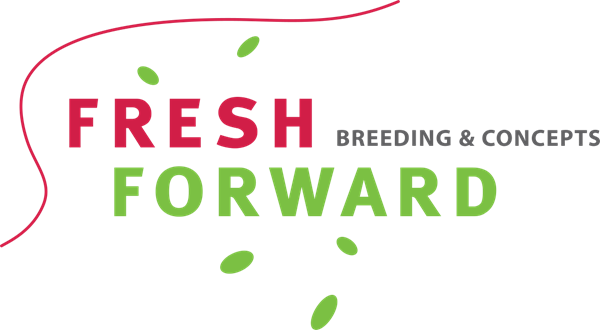Open call #2
Genomic selection for strawberry (F. ×ananassa)
Genomic selection is used to select breeding material for further hybridization and/or for entering advanced cultivar trials based on their genomic breeding values rather than on phenotypic values. This approach shows better performance than traditional methods such as phenotype-based selection, pedigree-based selection, and marker assisted selection, particularly for polygenically inherited traits.
The objective of this Open Call
The objective of the BreedingValue Open Call #2 was to employ state-of-the-art methodology on breeders’ material and implement genomic selection to the breeders. This can help the breeders to do selection in early stages of their breeding program, accelerating the generation cycles by identifying superior parents, and increasing likelihood of identifying good candidates for advanced trialing.
Selection process
The Open Call #2 closed on 30.06.2021.
A total of 2 proposals were received and 2 proposals have been selected for funding.
We would like to thank all applicants for their interest and look forward to the collaboration with Fresh Forward Breeding B.V. and Njøs Fruit and Berry Center!
In the Open Call#2, we have funded 2 projects à 20,000 €.
Further information is available in the Public evaluation report on Open Call #2.
Testimonial from the Open Call Leader: Norwegian Institute of Bioeconomy Research (NIBIO)
“The Open Call #2 has been an important add-on to the BreedingValue project and to advocating what I personally consider to be the future of small fruit cultivar improvement – the genomic based performance prediction. The beneficiaries (Fresh Forward and Njos) have conscientiously provided the raw data necessary for building the prediction models through carefully implemented experiments. BreedingValue has provided the models and illustrated the possibilities for the breeders/beneficiaries, while on the other side BreedingValue has gained experience through the interaction with the industry and by getting access to data used in multiple scientific publications.”
Dr Jahn Davik, Research Scientist




